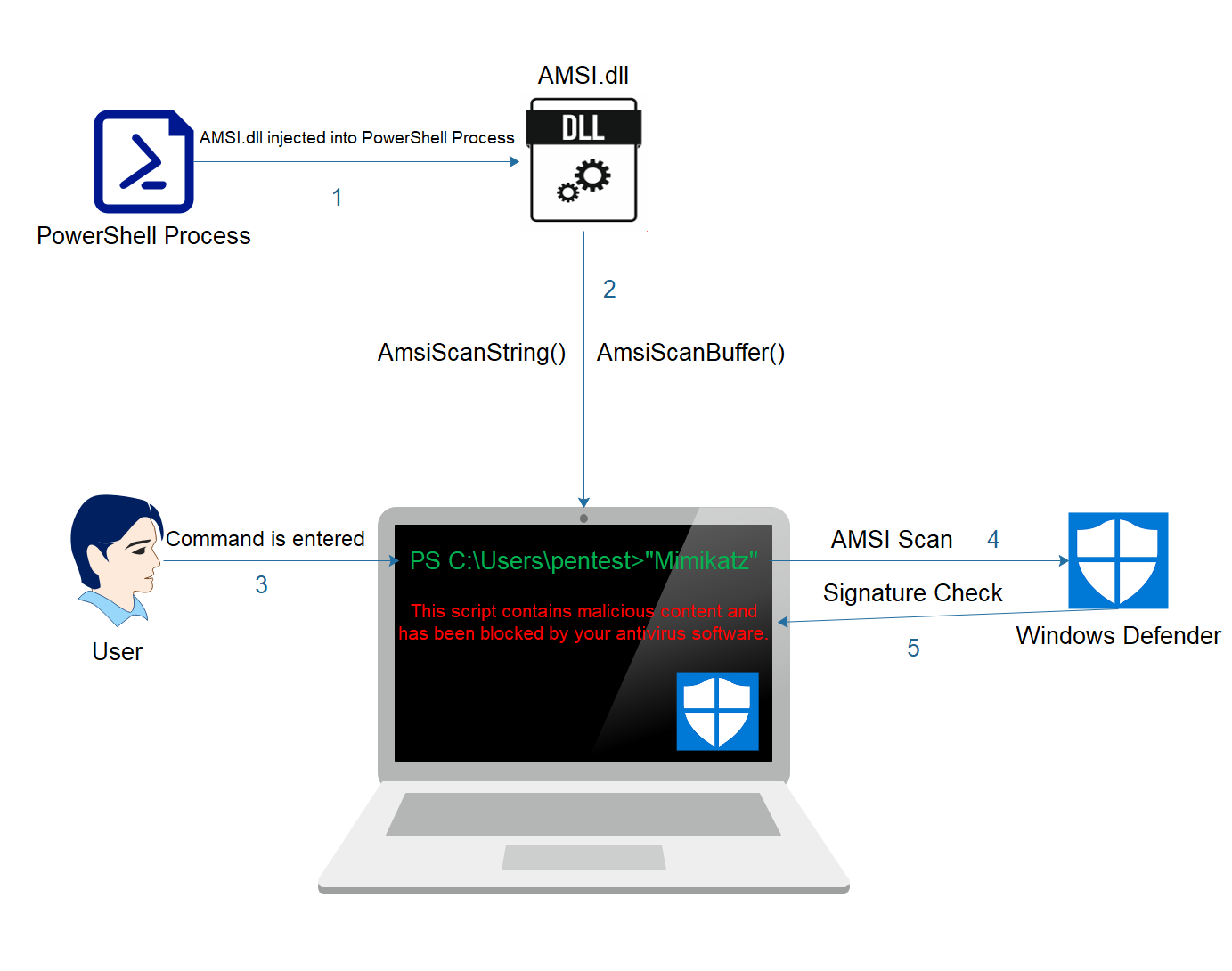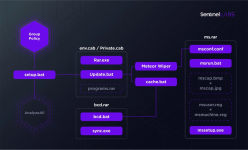- Dec 23, 2014
- 8,970
No. Normally the files without MOTW and not executed are checked only by offline Defender features. When the file has got MOTW or has been executed (and recognized as suspicious), it is checked against the cloud backend.
No. Normally the files without MOTW and not executed are checked only by offline Defender features. When the file has got MOTW or has been executed (and recognized as suspicious), it is checked against the cloud backend.
Microsoft recomends the below settings for the "Block at first sight" feature:
The last three settings do matter for files unknown in the Microsoft cloud. The lower settings can lower the detection.
- Cloud-delivered protection: Enabled (required)
- File Blocking Level: High (recommended)
- Time extension for file scanning by the cloud: 50 (recommended)
- Prompt users before sample submission: Send all data without prompting (recommended)
Today, one variant of the POC has been blocked (for the first time) by the Defender ASR rule "Use advanced protection against ransomware" - not blocked on Defender's default settings. Of course, all variants with UAC bypass were also blocked from the beginning by the ASR rule "Block executable files from running unless they meet a prevalence, age, or trusted list criteria".Defender is still learning. I can see two new detections that now block the attack (POC worked well yesterday):
Trojan:Win32/Hynamer.A!ml
Trojan:Win32/MereTam.A
I did no submit the POC to Microsoft, so it is based on Defender's ML.
The first detection (behavior-based) is somehow related to my UAC bypass, but I am not sure if it can fully stop it. We will see after some testing.
MS little projects, they finish before they even start. At that time the team probably did not know, that Edge will be able to incorporate smartscreen, so no 3rd party extension needed.Windows Defender Browser Protection extension
But still, how would it only support United States?MS little projects, they finish before they even start. At that time the team probably did not know, that Edge will be able to incorporate smartscreen, so no 3rd party extension needed.
It does work outside of the US. The extension uses the cloud (in the background) for updates/checks, and it doesn't require constant extension updates to "make it effective".Have you noticed that the Windows Defender Browser Protection extension doesn't get updated since june 2020, and it says "currently supported regions: United States"?

Some bypasses are blocked by Defender (mostly from point 4), but the rest works (I did not test DLL hijacking).
AMSI Bypass Methods
Microsoft has developed AMSI (Antimalware Scan Interface) as a method to defend against common malware execution and protect the end user. By default windows defender interacts with the AMSI API to…pentestlaboratories.com
How to do it though, when I tried this command, it no longer works.Some bypasses are blocked by Defender (mostly from point 4), but the rest works (I did not test DLL hijacking).
All bypasses performed via PowerShell in this article are blocked when using PowerShell in Constrained Language Mode.
%WINDIR%\System32\WindowsPowerShell\v1.0\powershell.exe "Set-ExecutionPolicy bypass - noprofile"reg add "HKLM\Software\Microsoft\PowerShell\1\ShellIds\ScriptedDiagnostics" /v "ExecutionPolicy" /t REG_SZ /d "Restricted" /f
reg add "HKLM\Software\WOW6432Node\Microsoft\PowerShell\1\ShellIds\ScriptedDiagnostics" /v "ExecutionPolicy" /t REG_SZ /d "Restricted" /f
reg add "HKLM\Software\Policies\Microsoft\Windows\PowerShell" /v "EnableScripts" /t REG_DWORD /d "0" /f
reg add "HKLM\System\CurrentControlSet\Control\Session Manager\Environment" /v "__PSLockDownPolicy" /t REG_SZ /d "4" /fI did it as follows:How to do it though, when I tried this command, it no longer works.

Today, one variant of the POC has been blocked (for the first time) by the Defender ASR rule "Use advanced protection against ransomware" - not blocked on Defender's default settings. Of course, all variants with UAC bypass were also blocked from the beginning by the ASR rule "Block executable files from running unless they meet a prevalence, age, or trusted list criteria".
Edit.
This anti-ransomware ASR rule blocks my UAC bypass (nice job Defender).
So, it must be modified again to bypass also ASR.

